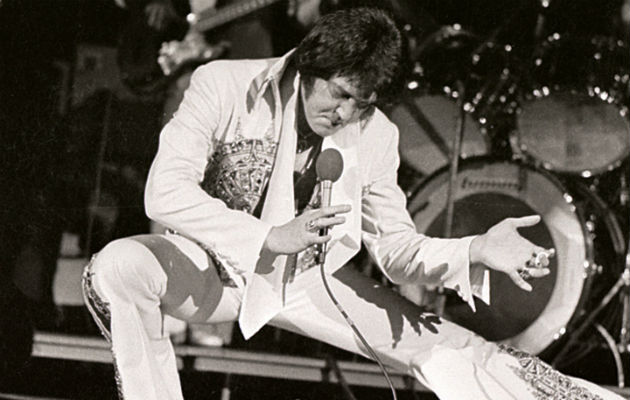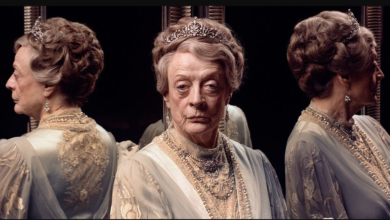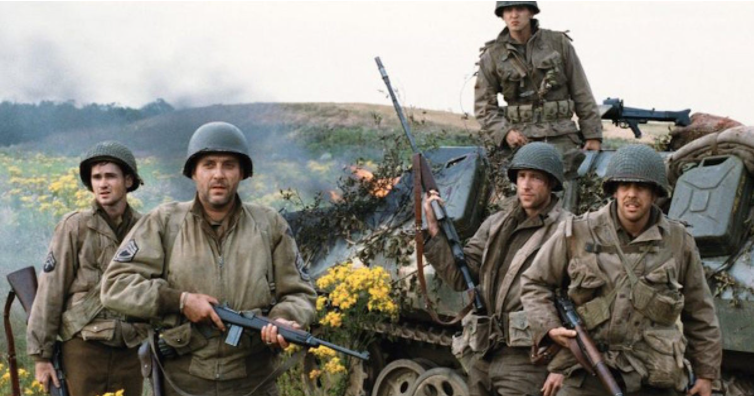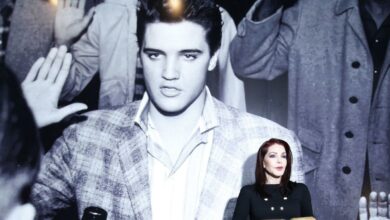Sophia Loren, Mina, Luigi Tenco and the 1960s Italian pop explosion

The 1960s proved to be a period of transformation for Italy. In unstitching itself from the shadow of the Second World War, it metamorphosed from a largely rural country into one of the most economically advanced and culturally sophisticated in the world.
Italy, during this time, also went through something of a political rebirth, with its people abandoning Mussolini’s fascist dictatorship for the Socialist Party in 1963. As with the UK and America, these significant societal shifts deeply affected the psychology of Italy’s inhabitants, resulting in an explosion of film, fashion, and music. Sophia Loren became an essential part of all three of those art forms.
Throughout her career, she cemented herself as one of the world’s most glamorous actresses, mesmerising fashion icons, and astounding musical talents. Here, we’ll be exploring Italy’s musical golden age; one spurred on not only by innovations in youth fashion and politics but by the expansion of the music market throughout the 1950s and ‘60s and the global popularity of actors like Sophia Loren herself.
Interestingly, many of Italy’s earliest popular musical icons emerged not from the world of music directly, but instead from the countries prolific and immensely popular film industry. The movies coming out of Rome’s Cinecittà studio often included lush scores by the likes of Franco de Gemini, Francesco de Masi and Riz Ortolani. The songs that these composers wrote for Italy’s popular films frequently became nationwide hits and those that sang them national stars. Sophia Loren is one such example.
Her career began in the mid-1950s, at which time she was cast in several Marcello Mastroianni films, including Scandal In Sorrento, Lucky to Be A Woman, and Boy On A Dolphin. By the 1960s, she was already a household name and went on to make some of the most successful Italian films of all time. Many of these produced the hits she is known for today, ‘Ti Ein Afto Pou To Lene Agapi’, ‘Almost In Your Arms’ and ‘Zoo Be Zoo’, being just a few. Sophia Loren’s popularity paved the way for a whole generation of pop artists who came of age in the 1960s. But, in the eyes of the young, she was just another symbol of the establishment, another international star who was upholding the traditional values of conservative Italy. The artists who were to follow her, however, rocked that establishment to its very core.

Mina, real name Anna Maria Mazzini, was one of the most talented and divisive pop artists of the ’50s and ’60s. Similarly to Loren, she rose to fame with the aid of the media, a media that would later turn against her. In 1959, Mina performed on several Italian television programs and was immediately hailed by critics. She was impossible to ignore and, with her three-octave range, soon earned a reputation as ‘the queen of screamers’. With tracks such as ‘Se Telefonada’ and ‘Città Vuota’, Mina took the world by storm. For over ten years, she dominated the Italian charts, whilst her extensive tours in Europe, Japan, and South America won her recognition on a global scale. But despite being one of her country’s most treasured idols, Mina never shied away from controversy.
As a result, she came to be regarded as a symbol of the burgeoning feminist movement, which, throughout the 1960s, was reflected in the singer’s provocative fashion choices and unflinching lyrical output. For an entire generation of young women, Mina’s potent sexuality and ‘bad girl’ attitude came to represent the power of the emancipated woman. However, these same traits of hers startled the establishment, and, in 1963, she was banned from Italian radio and television. Having refused to cover up her affair and subsequent pregnancy with a well-known married actor, Mina upset the Catholic and bourgeois moral principles that dominated Italy at the time. Following the ban, her record sales suffered, but she managed to bounce back and has continued to use her music to address taboo subjects ever since. If you’re looking for the proto-riot grrrl, then look no further than Mina.
With the amount of political tension flowing around Italy in the 1950s and ‘60s, there was a severe need for music that addressed societal issues. Mina had attacked the establishment by refusing to back down, by being bold and unashamed. But many of her contemporaries opted for a quieter, more reflective approach. Combining jazz, bossa nova, orchestral, soul and rock n’ roll, the music of artists such as Luis Tenco, Fabrizio De André, and Gino Paoli is some of the most powerful and euphoric of the entire 1960s. Abroad, at least, these artists weren’t celebrated to the same extent as The Beatles, Bob Dylan, or Dusty Springfield. Nevertheless, they had a huge impact on young people and provided the soundtrack to a period of political tension and cultural revolution.
Italy saw a wave of student protests throughout the 1960s and ’70s. Motivated by anarchist and communist ideals, students from all over Italy began occupying universities from Turin to Naples. The authority of lecturers and schoolteachers – in a way that reflected the influence of Chairman Mao’s Little Red Book – was finally being challenged. Soon, alternative lifestyles began to dominate youth culture. The 1960s saw the radicalisation of an entire generation. They attacked everything from the church to the nuclear family, adopting an iconoclastic attitude captured in the popular slogan: “I want to be an orphan”. The finer points of this cultural upheaval were captured in the music of Paoli, De André, and Tenco, who gradually worked more social, political, psychological and intellectual themes into Italian pop music. Like Mina, many of these artists rebelled against the establishment. Tenco, for example, became the subject of frequent government censorship for the “sexually explicit” subject matter of his songs, while De André became something of a folk-hero of the anarchist movement that swept through Italy in the post-war period. In the same way that Bob Dylan became the voice of the Civil Rights Movement in America, De André became famous for writing minimal folk songs that carried immense political weight. And, like Dylan’s ‘Blowin’ In The Wind’, De André songs provided the soundtrack to a period of activism, speaking up for the disenfranchised, the marginalised and the rebellious members of Italian society. Today, he is regarded as one of the most influential Italian songwriters of all time and has used that influence to advocate everything from pacifism to access to education.
The artists I have mentioned are really just the tip of the Iceberg. Throughout the decades following the second world war, Italy produced some of the most intoxicating pop music of all time. You need only listen to Mina’s ‘Se Telefando’ or Luigi Tenco’s ‘Lontano Lontano’ to see why. It’s a great shame that so many of these artists remain unrecognised outside of Italy. But this tragedy presents an exciting opportunity for discovery. In tracing the popular music of Italy’s golden age, we are also tracing the transformation of a troubled country. It is fascinating to see that the cultural regeneration that we often associate with the US hippie movement was, in fact, a worldwide phenomenon. From the glamourous jazz ballads of Sophia Loren and the anarchist protest songs of Fabrizio De André, Italy’s pop music explosion provides the perfect time capsule for that momentuous decade in Italian history.





